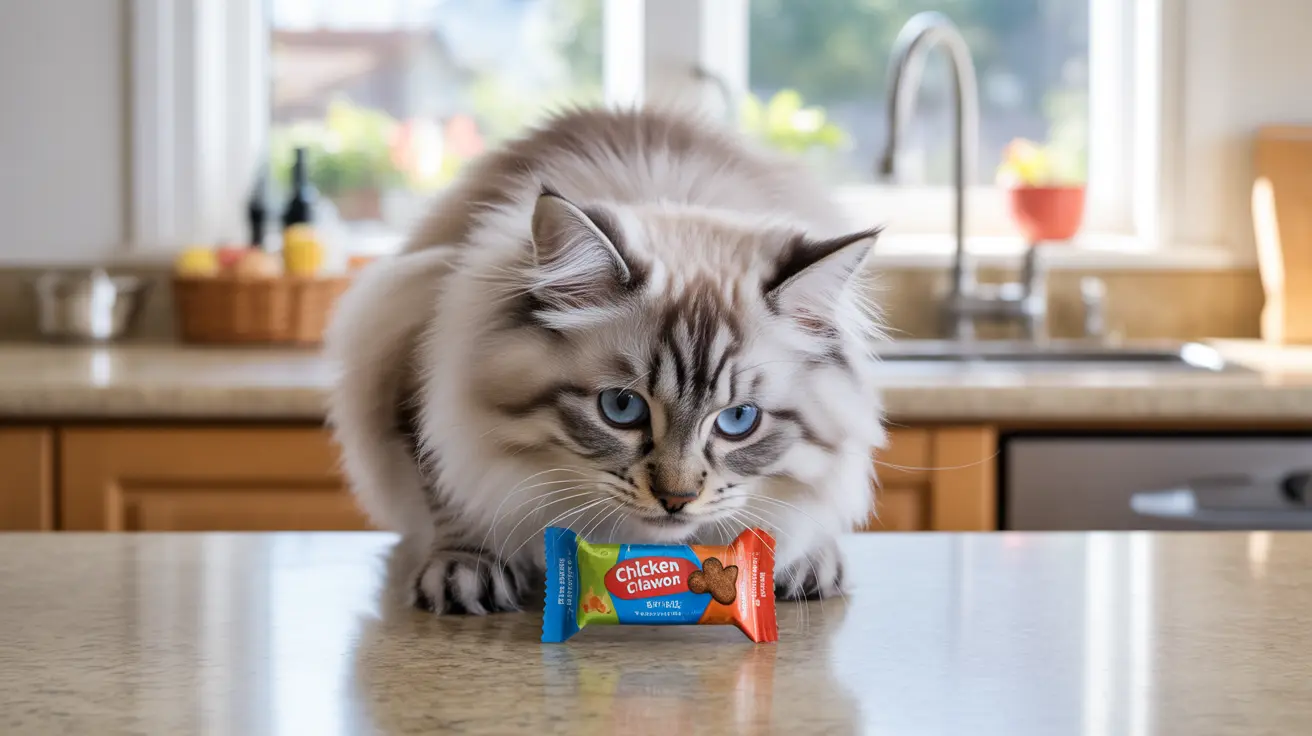Understanding the Risks of Feeding Dog Treats to Cats
As a pet parent, you might wonder if sharing dog treats with your feline friend is safe, especially in multi-pet households. While cats may occasionally nibble on dog treats without immediate harm, there are significant risks and nutritional concerns to consider before making this a regular practice.
This comprehensive guide will explore the safety implications of feeding dog treats to cats, highlight potential dangers, and provide clear guidance for pet owners facing this common dilemma.
Key Nutritional Differences Between Cats and Dogs
Cats and dogs have fundamentally different nutritional needs that make dog treats potentially problematic for feline consumption:
Protein Requirements
Cats are obligate carnivores requiring significantly higher protein levels (26% minimum) compared to dogs (18% minimum). Most dog treats contain insufficient protein to meet feline nutritional needs.
Essential Nutrients
Cats need specific nutrients like taurine and arachidonic acid, which are often absent in dog treats. Without these essential components, cats can develop serious health issues, including heart problems and vision deterioration.
Dangerous Ingredients in Dog Treats
Several common ingredients in dog treats can be harmful or even toxic to cats:
- Propylene glycol (found in semi-moist treats)
- Garlic and onion powder
- Artificial preservatives and colorings
- Excessive carbohydrates
Safe Alternatives to Dog Treats
Instead of sharing dog treats with your cat, consider these safer options:
- Cat-specific treats with appropriate protein levels
- Single-ingredient freeze-dried meat treats
- Feline dental treats formulated for cat-sized mouths
- Commercial cat treats enriched with taurine
Managing Treats in Multi-Pet Households
For homes with both cats and dogs, implement these practical strategies:
- Store dog treats in secure, cat-proof containers
- Feed pets treats in separate areas
- Choose species-specific treats for each pet
- Consider single-ingredient treats safe for both species when necessary
Frequently Asked Questions
Can cats safely eat dog treats occasionally, and what risks should I watch for?
While occasional consumption of certain dog treats may not cause immediate harm, regular intake can lead to nutritional deficiencies and health issues. Watch for symptoms like vomiting, lethargy, or digestive problems.
What ingredients in dog treats are harmful or toxic to cats?
Propylene glycol, garlic powder, onion extract, and certain preservatives can be toxic to cats. These ingredients are commonly found in dog treats but can cause serious health issues in felines.
Why are dog treats nutritionally unsuitable for cats compared to cat-specific treats?
Dog treats lack essential nutrients cats need, such as taurine and adequate protein levels. They often contain too many carbohydrates and may not meet the specific nutritional requirements of cats as obligate carnivores.
Are there types of dog treats that are safer for cats to share, like freeze-dried meats or jerky?
Single-ingredient, freeze-dried meat treats without additives are generally safer for cats to share. However, it's still better to provide treats specifically formulated for cats.
What should I do if my cat eats a dog treat with questionable ingredients or shows symptoms afterward?
Monitor your cat closely for adverse reactions. If you notice any concerning symptoms or know the treat contained harmful ingredients, contact your veterinarian immediately.
Conclusion
While cats can technically eat certain dog treats on rare occasions, it's not recommended as a regular practice. The safest approach is to stick with species-appropriate treats formulated specifically for cats. This ensures your feline companion receives proper nutrition while enjoying their treats safely.
When in doubt, always consult with your veterinarian about appropriate treats for your cat, and keep dog treats safely out of your cat's reach to prevent accidental consumption.






